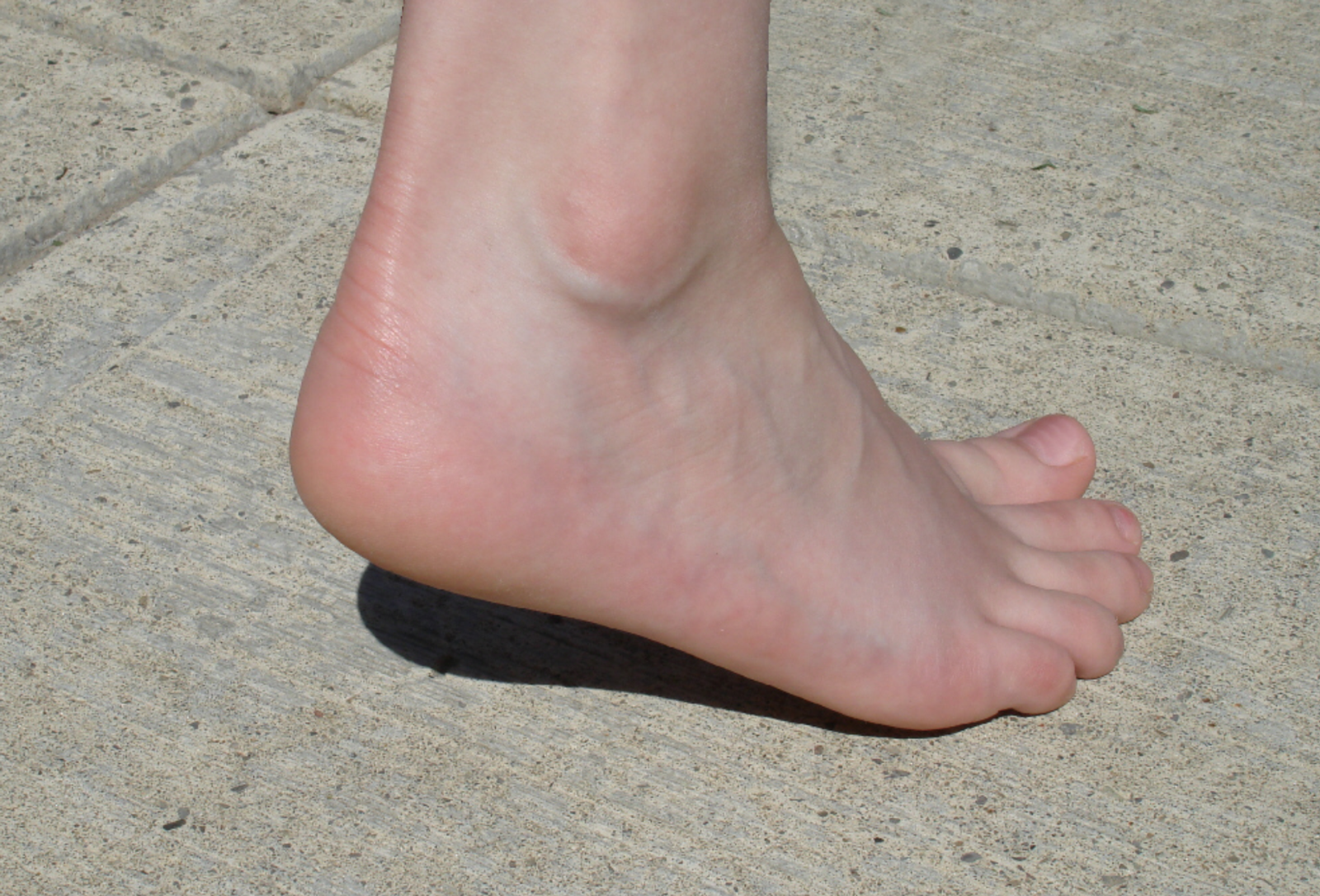
Function of the great toe joint is one of the subtle critical components of gait. Normally as the heel starts to rise off the ground and the first metatarsal is plantar flexed with good full weightbearing purchase and grip on the ground to great toe starts to glide upward or effectively the metatarsal rises as the great toe is planted on the ground. From a nonweightbearing perspective we just see the big toe move upward or dorsiflexion. During a full weightbearing scenario the great toe remains planted on the ground and the metatarsal tilts upward. However, there are some individuals where mechanical jamming at this joint occurs. It's actually quite common. Sometimes this starts from an old injury in the joint just doesn't glide like it should.
When this happens there is a lack of smooth gliding upward of the great toe or tilting of the metatarsal. Something has to give, there is then compression on the top of the joint line itself of the first MTP joint (metatarsal phalangeal joint). Over time with inflammation and damage to the bone on the top of the joint line bone spurs–osteophytes develop. These can then backfire and actually cause even more of a rigid block to smooth gliding of this joint. Eventually the joint can be's quite stiff even when it's not on the ground. So functional hallux limitus occurs from mechanical jamming of the joint without a definitive block and also occurs primarily when the joint jams from the entire joint being elevated rather than down bearing weight on the ground. Structural hallux limitus occurs when even in a nonweightbearing position the great toe joint is not able to bend upward to the normal range of motion–this usually occurs with adaptive changes around the joint often including bone spurs.
If you are experiencing any foot pain, do not hesitate to call our office at 425-391-8666 or contact us online.








